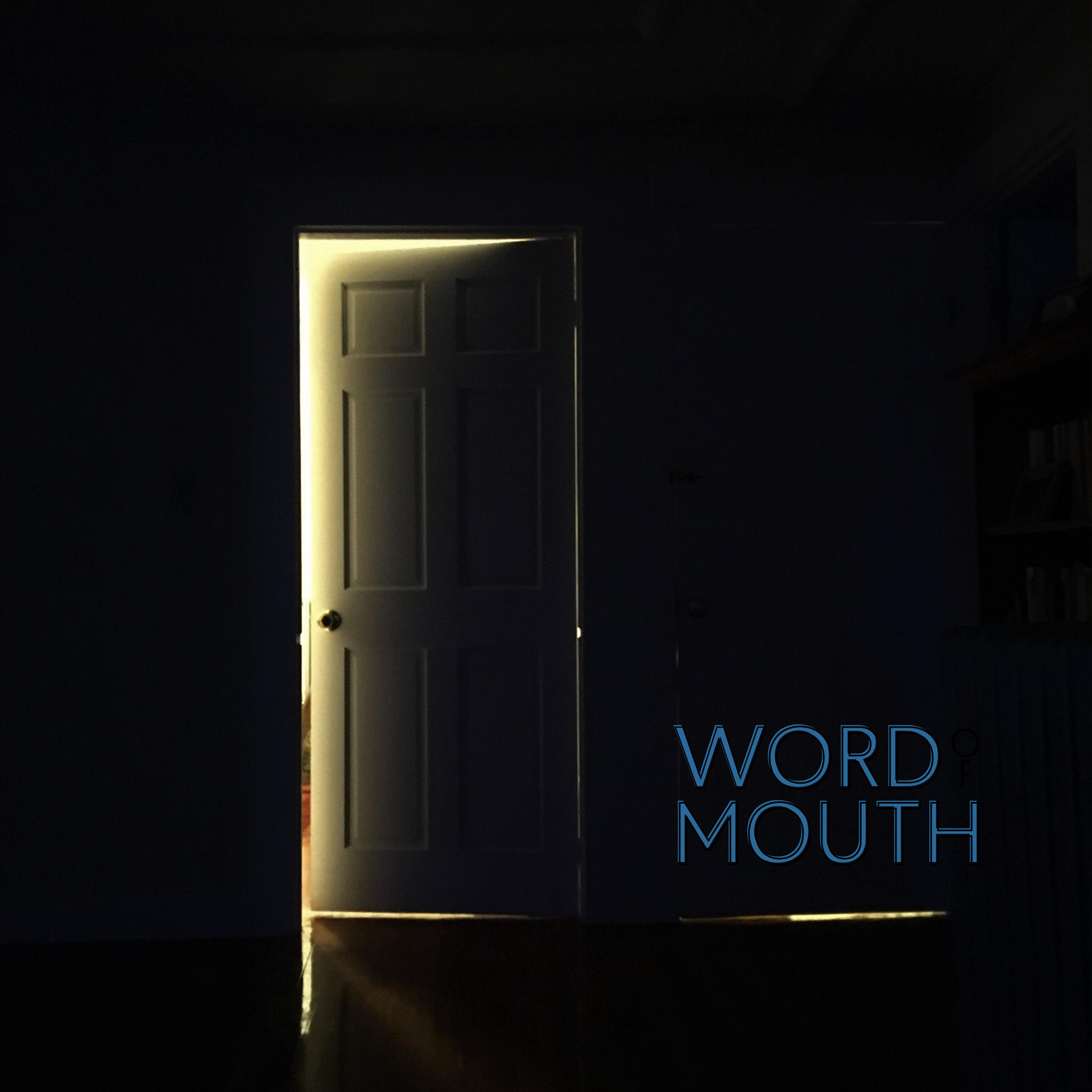
Executive Produced by Robert Downey Jr., Susan Downey, and Emily Barclay Ford for Team Downey and C13Originals, together with Josh McLaughlin for Wink Pictures and written, produced, and directed by Peabody-nominated C13Originals, a Cadence13 Studio. Hue & Cry is an art/literary journal that takes the pulse of the city and the community: a celebration of local culture founded by. Album cover art for Pocketful of Stones (Audio Commentary) by Hue and Cry.


Pamela Marks and David Pennington revel in pure painting, a predilection thats downright.
#HUE AND CRY ART TV#
The Sunshine Place tells the mind-blowing, true-story of Synanon - one of America’s most cutting edge social experiments, turned into one of its most dangerous and violent cults - as it’s never been told before: by the people who lived it. The classic debut collection from Pulitzer Prize winner James Alan McPhersonHue and Cry is the remarkably mature and agile. And if that old TV title conjures up the retro, so do these painters. I would rather think of it as one of the sometimes bright, but shifting (as if. Dederich, aka “Chuck,” would be the one to destroy it all, along with the lives of many of his followers and millions of dollars in assets. HueI had to look it upin art terms is in fact a color on the color wheel. Unframed: 76 x 51 cm (30 x 20 in.) Ealing Studios in West London (founded in 1902). The man who made the miracle happen, Charles E. More from A Year in Reading 2021 (opens in a new tab) Do you love Year in Reading and the amazing books and arts content that The Millions produces year round We are asking readers for support to ensure that The Millions can stay vibrant for years to.
#HUE AND CRY ART TRIAL#
What started in a house on the beach, soon spread to compounds across the country. Or 0.00 with a BFI Player Classics trial on Prime Video Channels. All three stories are new and subversive and raw and easily surpass the threshold I call art.

Before long, it would make an even bolder claim: It could cure any of your problems. Once called “the miracle on the beach,” Synanon began in the 1960s as an experimental rehab facility in Santa Monica, California with a radical claim: It could cure heroin addiction.


 0 kommentar(er)
0 kommentar(er)
